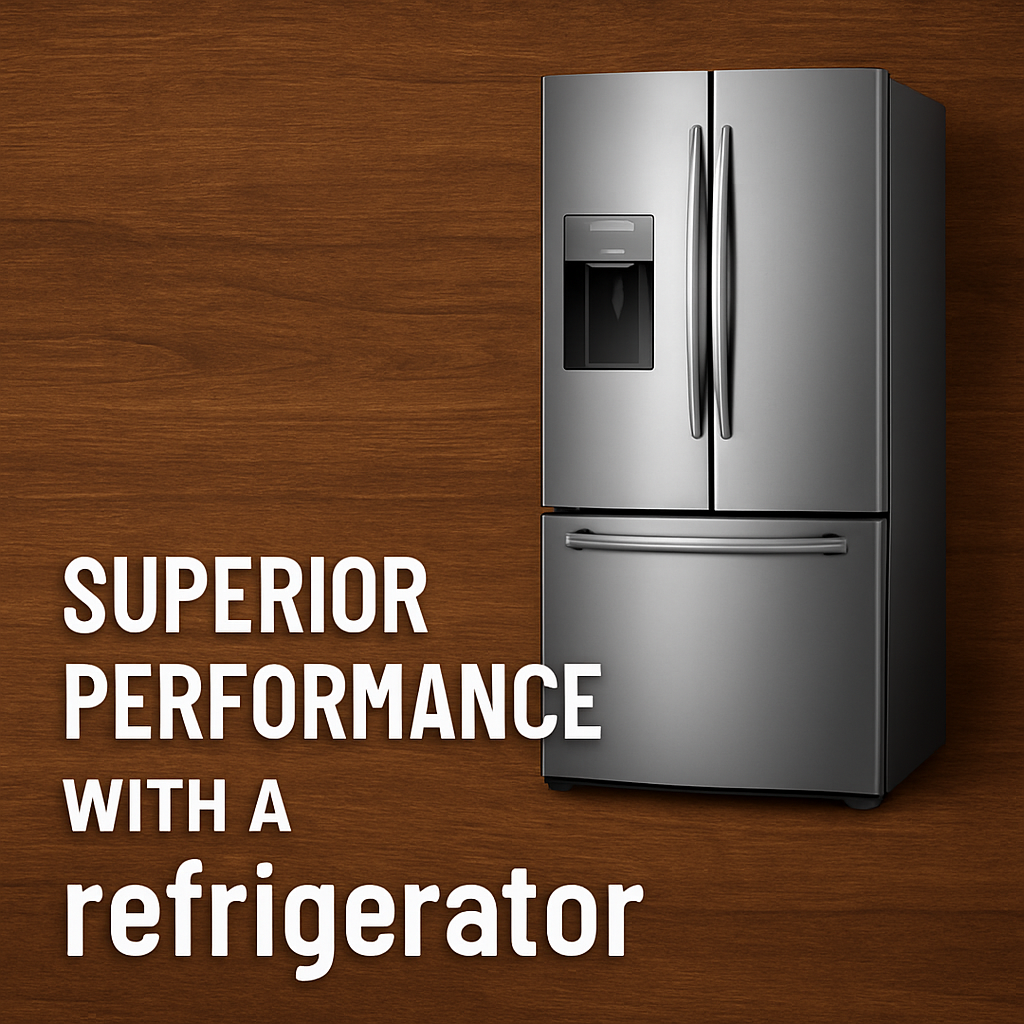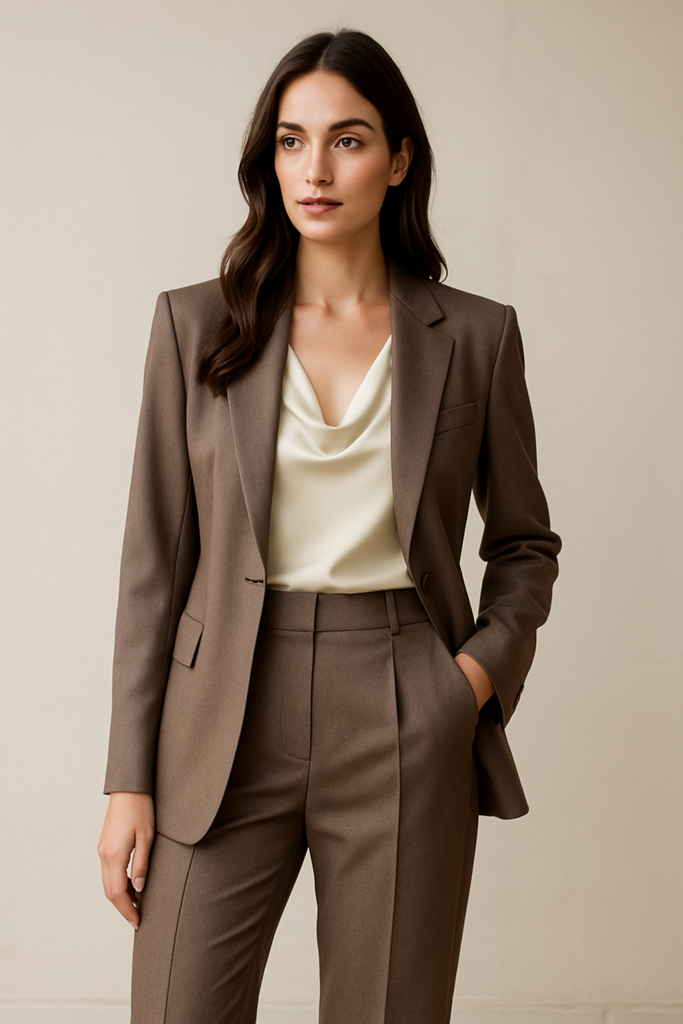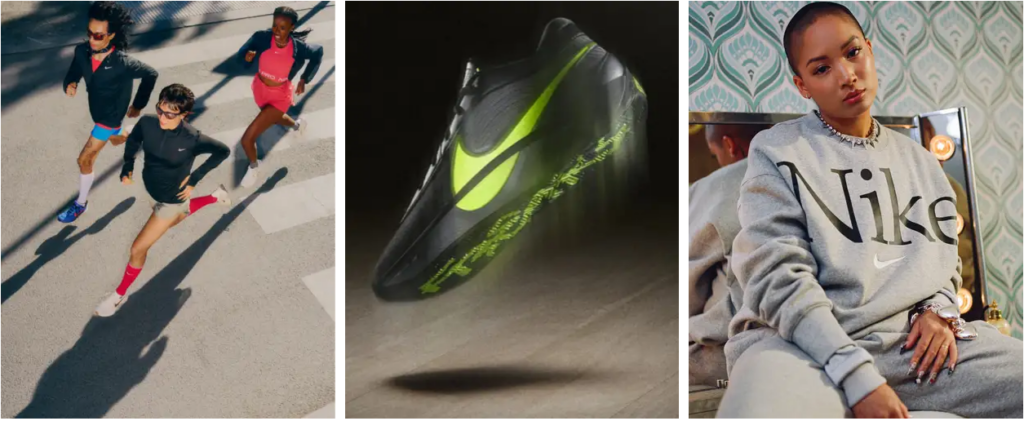In today’s modern homes, a refrigerator is more than just a cooling appliance—it’s a blend of advanced technology, style, and efficiency. With the growing convenience of online shopping, finding and purchasing a superior refrigerator has never been easier. Whether you’re upgrading your kitchen or buying your very first fridge, online platforms offer a wide variety of choices to match your needs, budget, and lifestyle.

The Power of Technology in Modern Refrigerators
Today’s refrigerators are equipped with innovative features that go far beyond keeping food cold:
- Inverter Technology: Ensures optimal cooling while reducing energy consumption.
- Smart Connectivity: Allows you to control temperature, monitor performance, and receive alerts via your smartphone.
- Multi-Door & Convertible Designs: Provide flexible storage options for different food types.
- Frost-Free Cooling: Eliminates the hassle of manual defrosting.
- Advanced Airflow Systems: Maintain uniform cooling for longer freshness.
Why Buy Refrigerators Online?
Online shopping makes refrigerator buying stress-free and rewarding:
- Wide Selection: Choose from top brands, sizes, and styles—from single-door models to large French-door designs.
- Detailed Comparisons: Easily compare features, specifications, and customer reviews.
- Exclusive Discounts: Use online coupon codes such as Samsung Promo Codes to save big on high-end models.
- Convenient Delivery & Installation: Get your appliance delivered and installed at your doorstep.
Tips for Choosing the Right Refrigerator Online
- Assess Your Needs: Consider capacity, energy rating, and features that suit your household.
- Read Reviews: Learn from other buyers’ experiences.
- Look for Warranty & Service Support: Ensure long-term reliability.
- Use Coupons & Deals: Maximize savings without compromising quality.
Final Thoughts
Buying a refrigerator online is no longer just about convenience—it’s about making an informed choice backed by technology and value. With innovative features, top-quality brands, and competitive prices, your perfect fridge is just a click away. Combine smart shopping with the right coupon codes, and you can enjoy premium performance while staying within budget.









